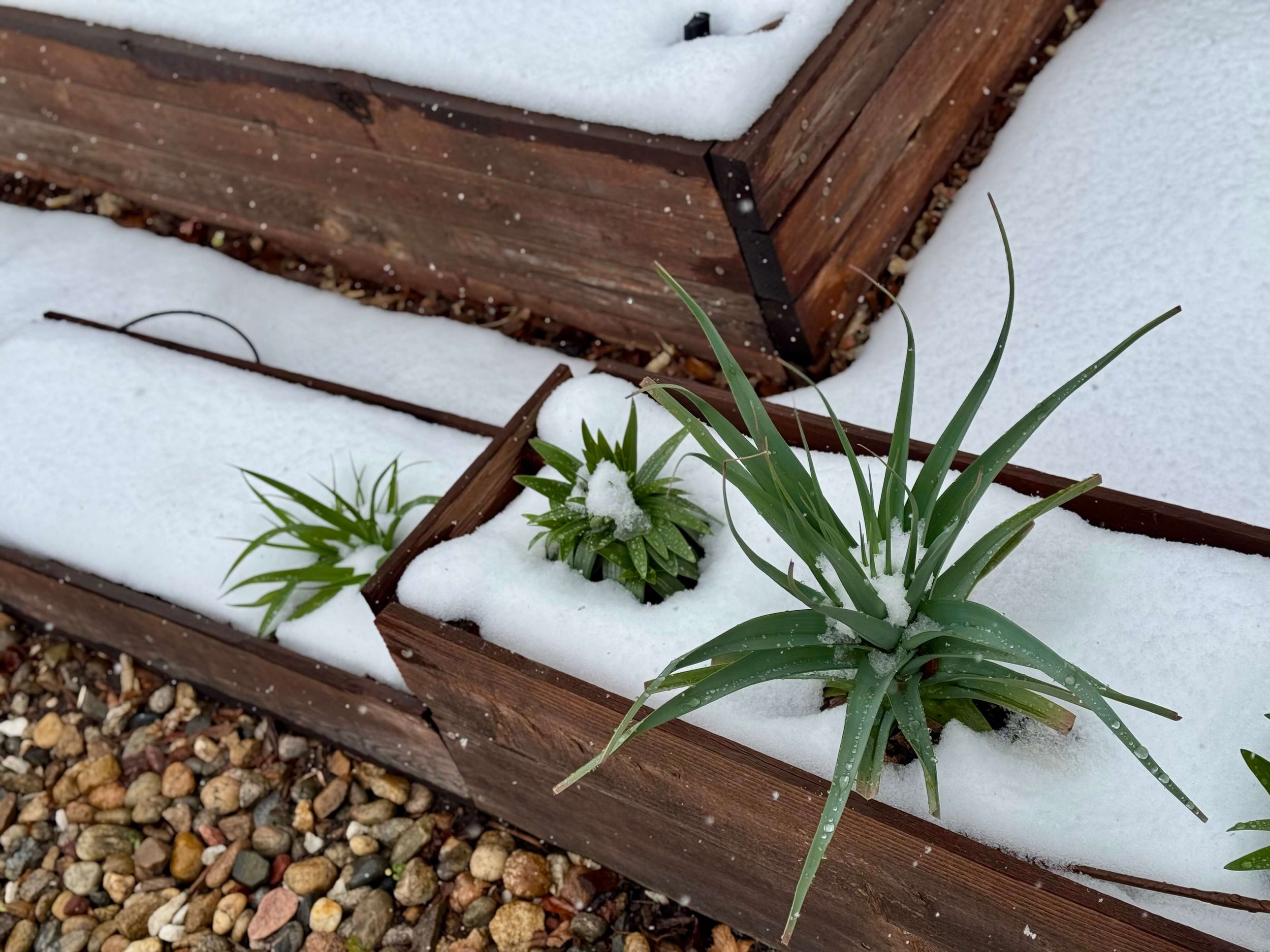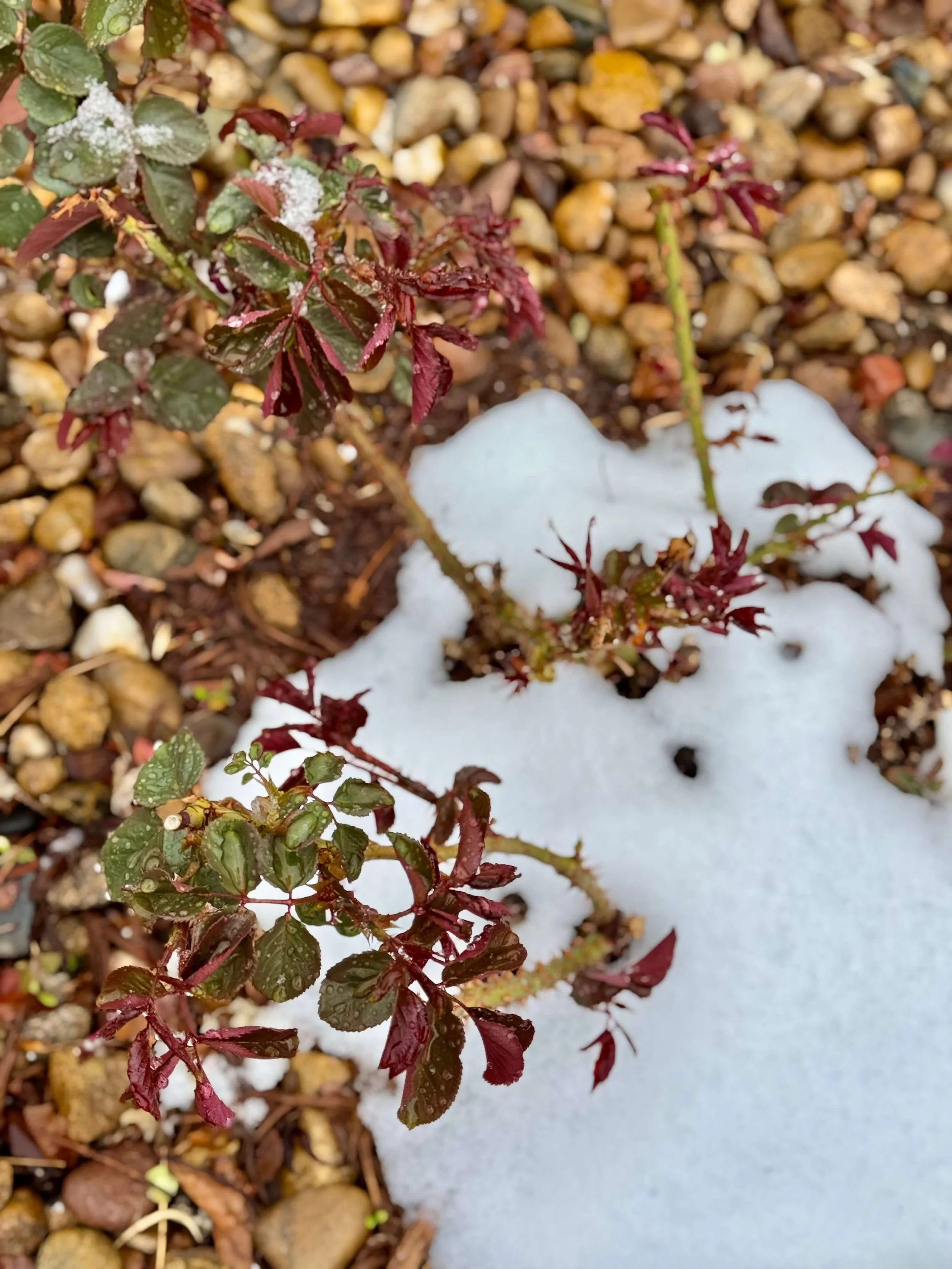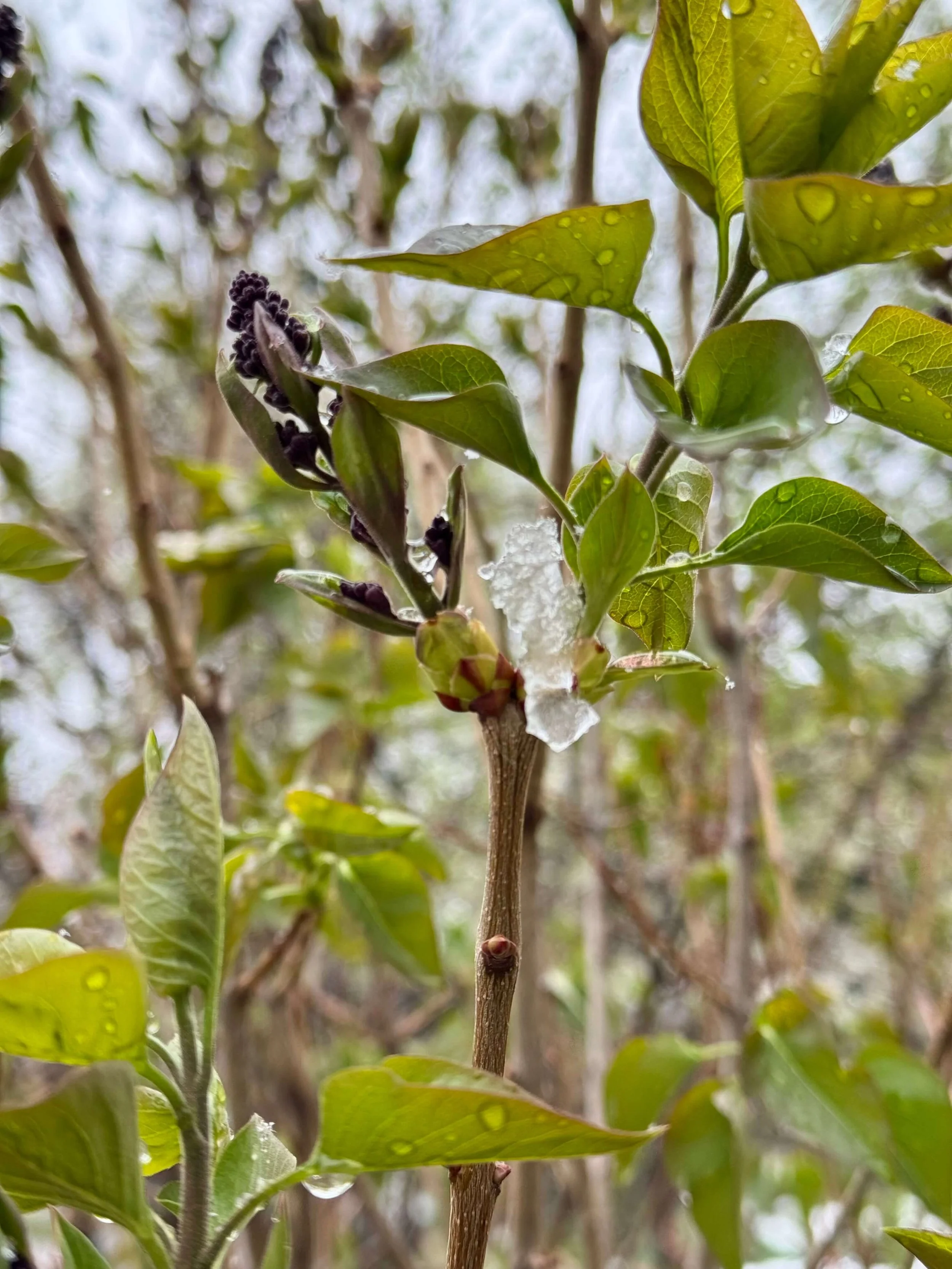Spring Snow in Denver: What It Means for Your Garden (And What To Do)
Just as spring was getting into full swing, Denver woke up to a fresh blanket of snow. While it's a beautiful sight—especially when it coats newly emerged blooms—it's also a source of stress for gardeners and plants alike.
Lilies and Red Hot Poker in the Garden Today
What Happens When Spring Snow Hits a Waking Garden
Many perennials and flowering shrubs were beginning to bloom or leaf out, only to be hit by freezing temperatures. Here's a quick rundown of how some popular plants handle this kind of cold snap:
Tulips, Lilies & Poppies: Hardy enough to handle light snow. Petals may droop, but bounce back.
Peonies & Yarrow: Established and strong. Early buds may suffer, but the plant is resilient overall.
Bee Balm, Blanket Flower & Penstemon: These hardy natives may show leaf damage, but they will recover quickly.
False Indigo & Goldenrod: Might look a bit shocked, but once the temps rise, they'll perk right up.
Sedum: Zero concerns—this one's a champ.
Lilacs & Roses: If buds were already forming, expect some bloom loss. Tender growth might burn.
Hydrangea: Depends on the type. Bigleaf varieties are more sensitive to frost.
Red Hot Poker (Kniphofia): Early growth may get zapped, but roots are likely safe.
Prairie Fire Crabapple (Young Tree): Young trees are vulnerable. Watch for leaf damage, but can survive with a little help.
Dusted with today’s snow: sedum and culver’s root, hydrangea buds, roses, lilacs, penstemon, and my seven-month-old native Colorado garden with a young prairie fire crabapple
What To Do Right Now: Simple Garden Tips
1. Brush off snow: Gently remove snow from weighed-down branches or delicate stems, such as roses and peonies.
2. Cover vulnerable plants: If it dips below 25°F, use sheets, frost cloths, or buckets overnight.
3. Disconnect garden hoses: Frozen hoses = cracked pipes. Drain and store them away.
4. Hold off on fertilizing: Wait until the plants have recovered from the cold shock before feeding them.
5. Mulch bare soil: Add a light layer of mulch around perennials to protect them from temperature swings.
6. Wait to prune: Don't snip frost-damaged growth just yet. Let the plant show you what's really dead.
Lilac buds with ice on the branches during today’s April snow storm
This Is Colorado Gardening
If you've lived here long enough, you know that a surprise April (or even May) snowstorm is just part of the deal. The good news? Most plants are tougher than they look.








